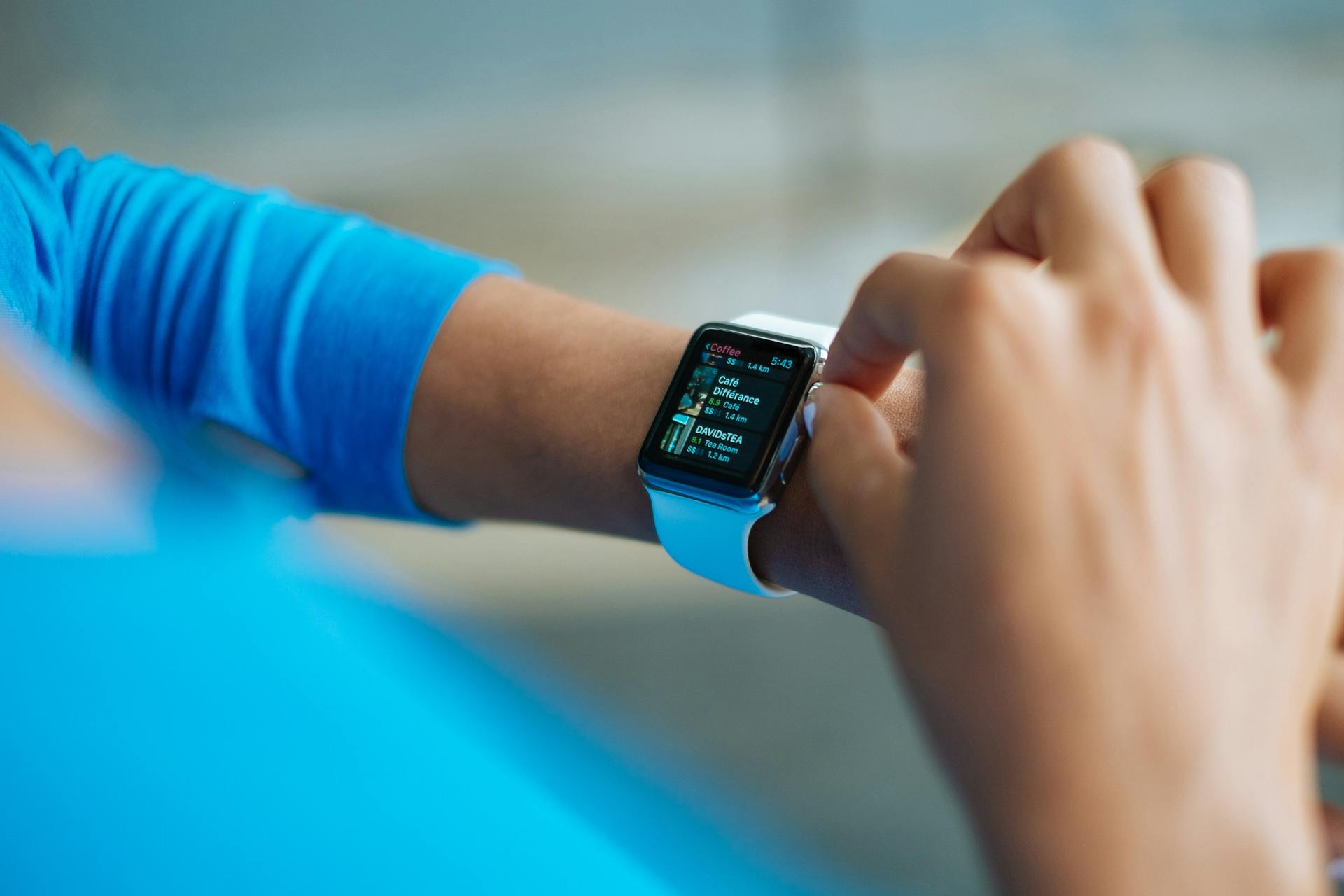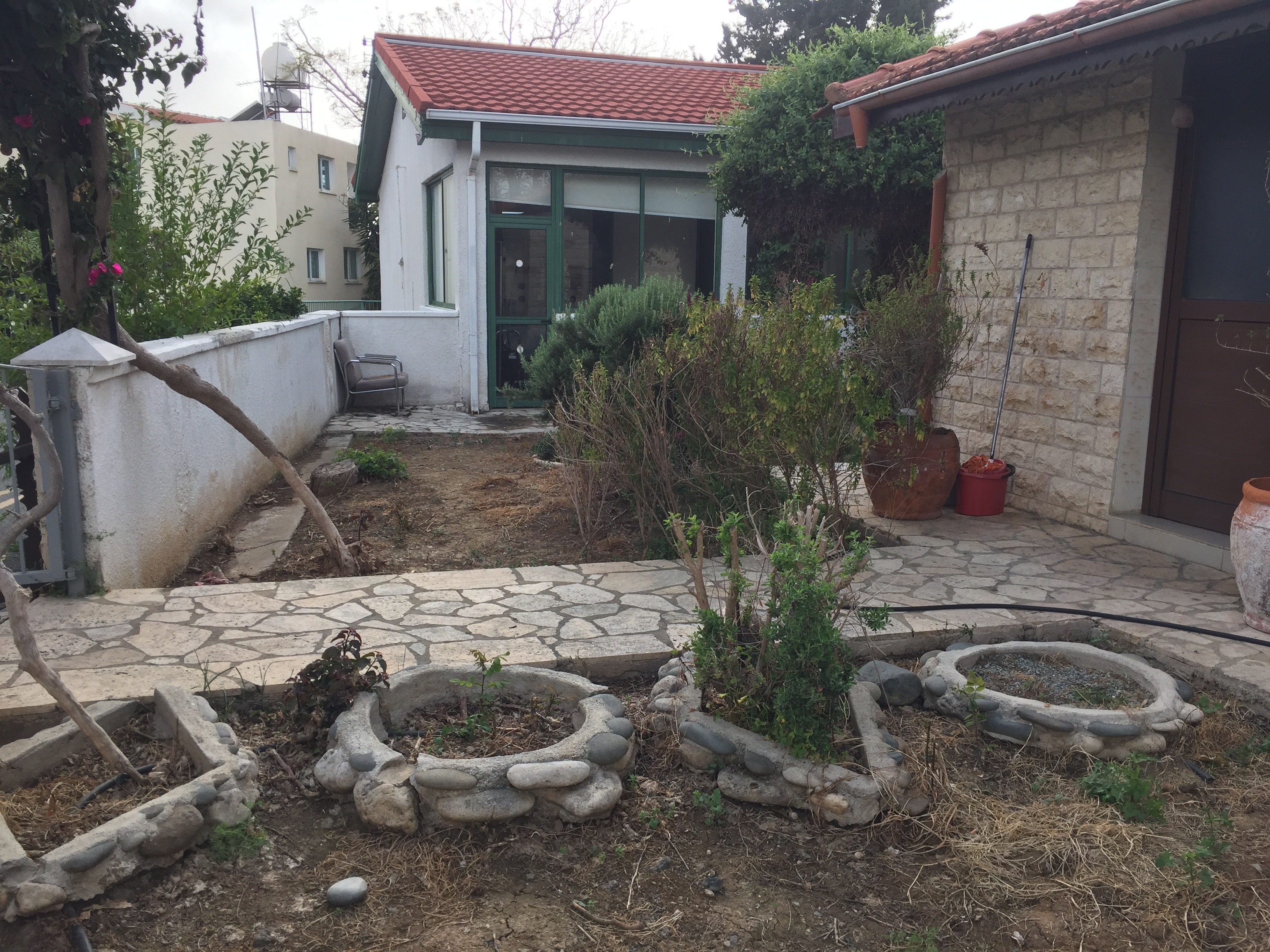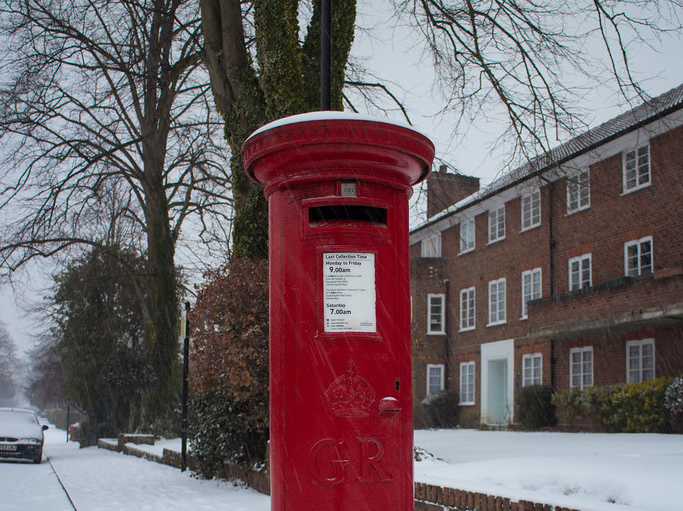Use of internet-connected devices has become widespread across the European Union, according to a report by Eurostat.
Specifically, 70.9 per cent of people in the European Union used internet-connected devices in 2024, otherwise known as ‘smart’ devices, or the Internet of Things (IoT).
The Netherlands recorded the highest share of users of internet-connected devices in the EU at 94.8 per cent, followed by Ireland with 90.6 per cent and Denmark at 87.0 per cent.
By contrast, the lowest shares were observed in Poland at 46.1 per cent, Bulgaria at 50.8 per cent and Romania at 56.6 per cent.
Among the various types of internet-connected devices, internet-connected televisions were by far the most widely used IoT devices in 2024, with 57.9 per cent of individuals reporting their use.
This was followed by smart wearables, such as smartwatches and fitness trackers, which were used by 29.9 per cent of people.
One-fifth of people reported using games consoles at 19.5 per cent and internet-connected home audio systems at 19.3 per cent.
Additionally, 16.0 per cent of people reported using a virtual assistant in the form of a smart speaker.
Home automation devices, also referred to as ‘domotics’, were less commonly used.
In 2024, 14.2 per cent of people used an internet-connected home energy management system.
A further 12.8 per cent reported using smart home appliances, while 11.8 per cent used smart home security devices.
Lastly, 10.5 per cent of respondents reported using a car with a built-in wireless connection, 7.9 per cent reported using health-related IoT devices, and 2.3 per cent used internet-connected toys.







Click here to change your cookie preferences